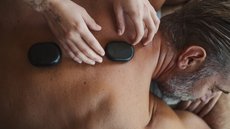Bioenergetics: connecting the body and mind
Enhancing well-being through movement and breathing
Bioenergetics was developed in the 1950s by Dr Alexander Lowen, a student of the influential psychoanalyst Wilhelm Reich. Reich had already introduced the concept of “character structures” — the idea that repressed emotions are expressed through physical tension. Lowen built on this theory and established the International Institute for Bioenergetic Analysis in New York in 1956. The method quickly gained popularity around the world and is now practiced and taught in many countries as a form of body psychotherapy.
What is Bioenergetics?
What are the positive effects of Bioenergetics?












